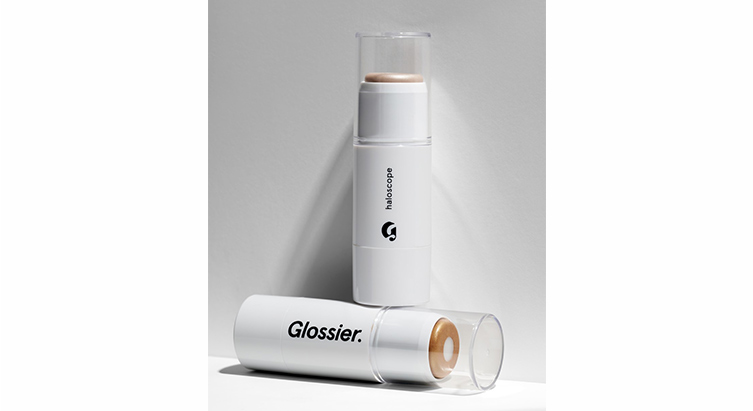Glossier is looking for a pop in sales next month.
The fresh, ulta-hip brand — created by Into the Gloss founder Emily Weiss — plans to restock its assortment. It may seem like a routine move, but Glossier products are so hotly anticipated that waitlists are as common as an Instagram post.
Approximately 40 percent of its existing 13-item line are currently sold out, and that’s led to a cumulative waitlist of about 40,000 to 50,000 people.
“We spend time building the story. We encourage her to buy every single product, and she is doing that,” said Emily, adding that women are becoming their own chief merchandiser when it comes to how to approach beauty. “We have a one percent [product] return rate,” she added.
Emily launched Glossier — a play on dossier — in the fall of 2014 on Instagram with four products. Its look and many of its products were designed with ample consumer input.
“This is a digitally native brand that was born on the Internet very much on purpose,” said Emily.
Leading up to the launch, she revealed photos of Glossier’s packaging choices and mood boards, exposing the concept in raw form and inviting followers to weigh in. It was a bold departure from the traditional approach of introducing a finished, slick brand image.
“I don’t think I’ve considered a traditional path for anything,” said Emily, who spent a number of years at Condè Nast before dedicating herself to her blog fulltime.
Her aim is to upend the long-held tradition of showing perfection and uniformity. In its place are photos of dewy, youthful faces with some elements slightly askew.
“The idea of perfection and uniformity is something that women are challenging in 2016,” said Emily.
Creating a beauty brand was not part of her original business plan when she created her blog Into the Gloss in 2010, but the gist of Glossier dovetails with the blog.
“The mission has always been the same — to democratize beauty. It has increasingly become socially driven,” said Emily. She said the first step was creating a platform for conversation, and the second was Glossier, which brings the digital platform to life with physical products.
When she first began sharing her idea with industry influencers, Emily said she was warned not to live solely in the digital realm.
She ignored that way of thinking, and exposed her followers to the making of the brand — piece by piece.
“We’ve created a more satisfying beauty experience in the digital world,” said Emily. The brand currently employs a staff of 45, and is on track to grow sales some 500 percent this year, said Emily. Glossier has more than doubled its active customer count year to date, she added.
The brand was born in the digital space, but its eyeing brick and mortar as well. “We’re very seriously thinking about how to do retail in the way that is right for us as we know that some people like to experience beauty products for themselves before buying,” said Emily. As for the waitlist, Emily said the first one formed after the company forecasted incorrectly for its brow product, Boy Brow.
A waitlist of 10,000 quickly formed — as did consumer interest in the brand. It prompted Emily to write a formal explanation and apologize on Into the Gloss, which is visited by 1.5 million page views a month. “It’s ironically worked to our benefit because it reinforces the desire to try these products,” said Emily.
It’s piqued the interest of investors as well. In 2014 the company raised $8.4 million in series A funding to build the brand. The round was led by Thrive Capital with participation from 14W, Manzanita Capital, WME, David Tisch’s Box Group fund, Jay Brown and Andy Dunn.
Other investors include Kristen Green of Forerunner Ventures, who has also invested in Birchbox and Warby Parker.
Not bad for someone who says she has “zero beauty formal training” and entered the industry by peeking into the medicine cabinets and makeup bags of notable women.
One investment banker said the big beauty brands are all closely watching direct-to-consumer brands, such as Glossier.




